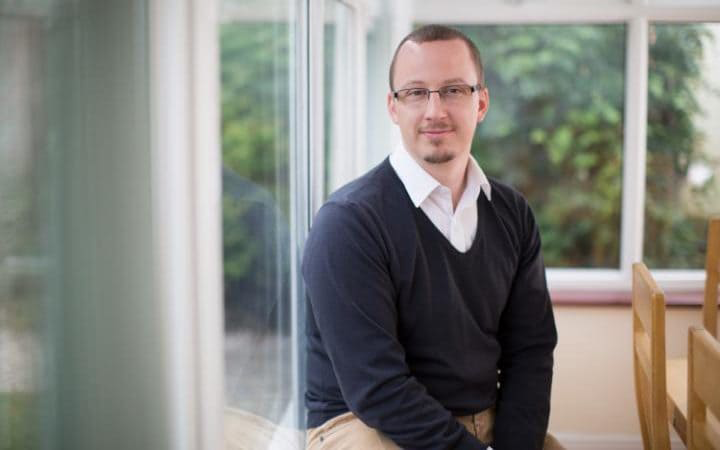Like millions of others in their late 30s and 40s Steven Katzir Bullock has to juggle his own finances with saving for his children’s future and supporting his family now.
A higher-rate taxpayer aged 38, he wants to pay off three mortgages – one on his home and two further mortgages on two buy-to-let properties – as well as save for house deposits for his four children.
He’s given himself a target of doing this in 15 years.
The 38-year-old, who works in import/export, has set himself the deadline of age 50 to pay off mortgages worth a total of £330,000 on a buy-to-let flat and house, as well as his own home.
As is also common, his family set-up is not straightforward. He has two children with his ex-wife, with whom he co-owns one buy-to-let flat.
He has two children with his current wife, and the other buy-to-let is in her name.
His youngest child is just three months old and his eldest is 12.
Having never invested, he sees buy-to-let as his children’s inheritance. He also has no pension, so needs to find some way to start saving for his own retirement.
With just £40,000 cash in the bank, can he do it?
He will also have to deal with buy-to-let tax changes coming in next year – though his current wife owns one of the properties and is a basic-rate taxpayer, so he will be shielded from much of the impact.

Telegraph Money asked experts in three key areas about the best way forward – and they came up with three very different strategies.
Add to a pension, and extract a tax-free sum at 55
Pension: Jonothan McColgan, of financial planner Combined Financial Strategies Ltd, said: Mr Bullock has a very tricky balancing act between living now with a very young family, paying off debt and saving for tomorrow when he hopes to stop work.
At the moment pensions are the most tax-efficient investment available, and could help him reduce his debt, supply a deposit for his children in the future, and help with his retirement needs.
You get tax relief at your highest rate on anything you can invest.
There is no income, dividend or capital gains tax whilst it is invested, it is not normally liable for inheritance tax on death and you can draw 25pc tax free from the age of 55.
So as long as Steven can afford to he should look at making the biggest possible annual pension contributions where he would benefit from higher rate tax relief.
In his case this would be approximately £15,500 a year. He would invest either a lump sum of £12,400 or £1,033.33 per calendar month net.
The pension fund then claims back basic rate tax at £3,100 a year or £258.33pcm taking the pension value up to £15,500.
As he is a higher rate tax payer he can reclaim higher rate tax on the total gross contribution on his tax return. So that would provide a further tax rebate or reduction of another £3,100 a year.
So his pension would be worth £15,500 but it would only have cost him £9,300 from his bank (after getting tax back). This is a return on investment of 66.67pc.
Currently you can access your pension at age 55, when he could draw 25pc as a tax free lump sum.
We have used a growth figure of 5pc a year, inflation at 0.5pc a year and fees of 1.5pc a year to illustrate how much it could be worth just as a guideline.
On these assumptions, by the age of 55, Steven could have a pension pot of approximately £327,662 based in today’s prices.
So he could draw 25pc as a tax free lump sum for the children, giving them £20,500 each to use as deposits.
He would have also received additional tax relief of £3,100 a year over 17 years, or £52,700 in total. This could have been used to pay down some of the mortgages.
He would also still have a pension fund of £246,000, which he can start to use for income once he retires.

